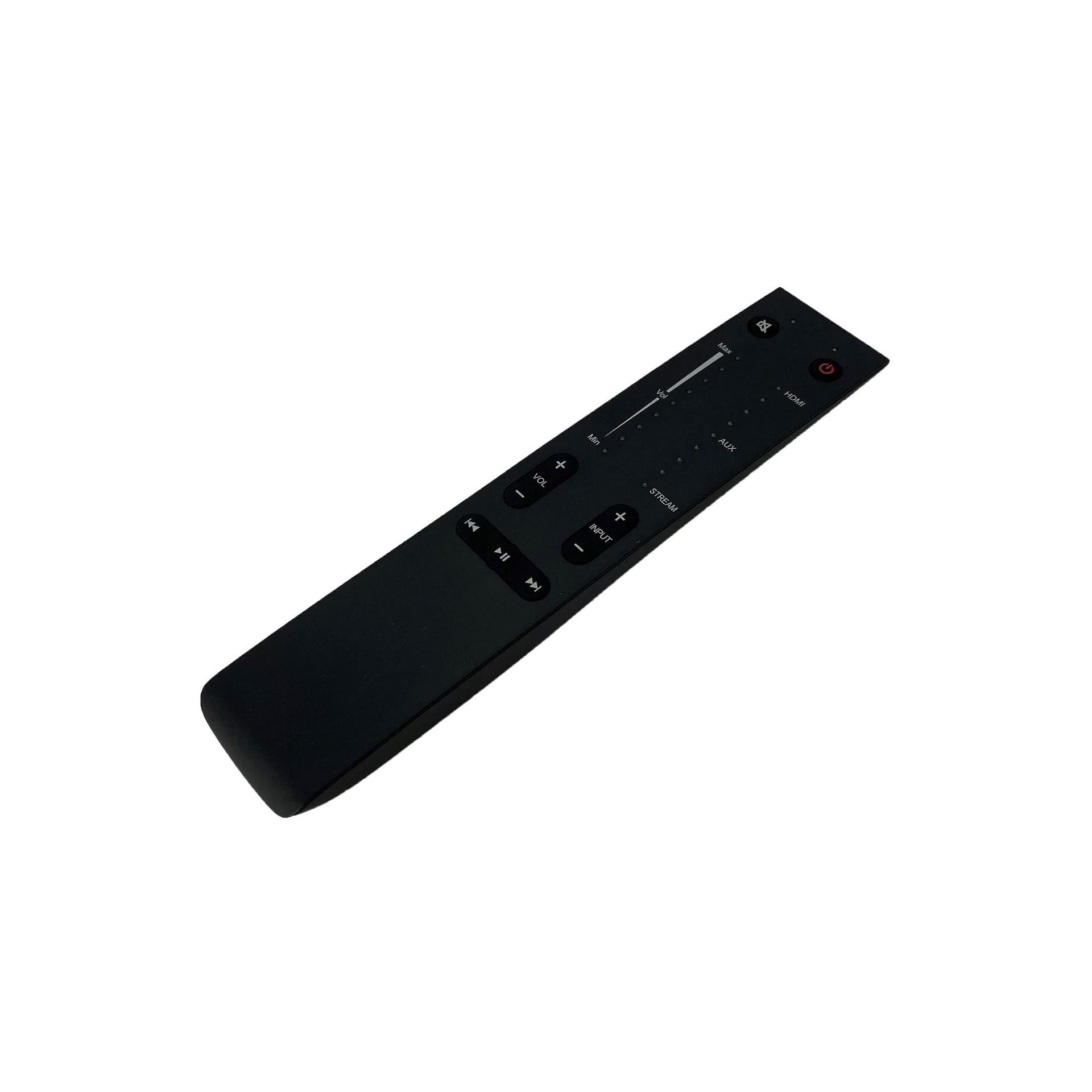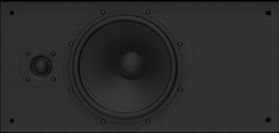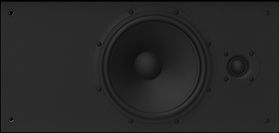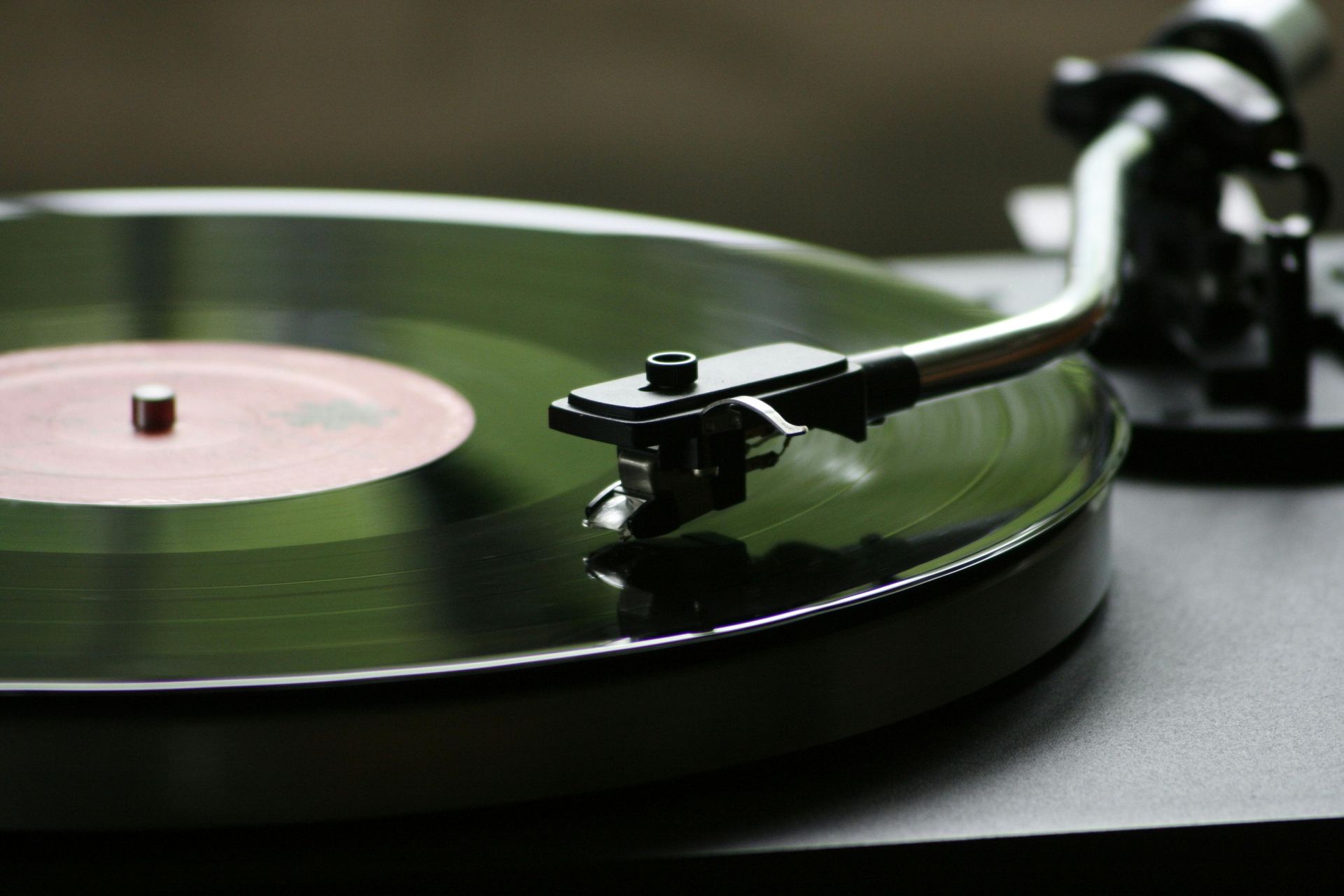The technology behind
CONCENTUS ONE, TWO & SONIC
The speakers deliver relentless high sound quality.

The speakers in Concentus One, Two, and Sonic.

FRONT - LEFT
Amplifier 100W
Electronic crossover filters and DSP.
1 x 8" Woofer, 1 x Tweeter.kant.

FRONT - RIGHT
Amplifier 100W
Electronic crossover filters and DSP.
1 x 8" Woofer, 1 x Tweeter.
Connect your turntable
The amplifier allows you to enjoy the authentic sound of vinyl records. To connect a turntable, you'll need a RIAA preamp. The RIAA preamp acts as the link between your turntable and the amplifier. You connect the turntable to the RIAA preamp and then the RIAA preamp to the AUX input. This ensures that the weak signal from the turntable is properly amplified and delivers a rich and detailed sound experience.
With this setup, you can enjoy the music as the artist originally intended.

This is how we measure the sound.
When the robot performs measurements of 4000 points on the bookshelf over a period of two days, it suggests a thorough and comprehensive analysis of the bookshelf's condition and characteristics. These points could represent various parameters such as temperature, humidity, load, or other measurements of the bookshelf's physical or environmental states. This extensive data provides in-depth insight into the bookshelf's performance and enables precise adjustments to enhance its functionality.
Once the data is collected, the process moves to the speaker tuning phase. Tuning the speaker is a critical part of optimizing sound quality and the performance of the speaker system in the bookshelf. This tuning process can be broken down into two main stages:
Electronic Tuning: This step involves fine-tuning the electronic parameters of the speaker system. It may include adjusting equalizer settings, amplifier parameters, or other electronic components to achieve the desired sound quality and balance. This electronic tuning ensures that the speaker system delivers the optimal sound experience in alignment with the measured data from the robot’s observations of the bookshelf.
Listening Tuning: In addition to technical adjustments, the tuning process also involves a subjective evaluation of the sound quality through listening. Listening tuning involves experienced audio technicians or engineers who carefully listen to the speaker system and make adjustments based on their perception of the sound's clarity, balance, and spatial characteristics. This step ensures that the sound meets the desired requirements and creates a pleasing listening experience for the users.
Together, these two phases of the tuning process form a comprehensive approach to refining the sound quality and performance of the speaker system in the bookshelf. By combining both objective data from the robot's measurements and subjective evaluations from audio technicians, it ensures that the speaker system operates at its highest level and delivers an exceptional audio experience for users.

Frislev’s Products – Now Sold Directly to You
Frislev’s products are now available for direct purchase, offering you significant savings on all our cabinets and audio systems.
Frislev is a Danish company founded in 2005, specializing in cabinets for audio equipment with no visible cables or speakers. In 2011, we expanded our range so that our cabinets not only serve as storage for external audio equipment but also function as complete audio systems. These systems are developed in collaboration with Danish sound engineers to ensure an outstanding audio and user experience.
Our cabinets are produced in Denmark, meticulously designed to deliver exceptional furniture craftsmanship and high-quality sound. Quality is our top priority, reflected in our choice of materials, where every detail is crafted in our specialized workshop. Each product is made to order, ensuring that you receive a tailor-made solution that meets your needs. With our configurator, you can design your own cabinet, selecting colors and sizes to perfectly match your space.
Our products can be purchased directly from our website or by contacting us. You also have a full 30-day return policy on our audio systems, allowing you to test them in the comfort of your home. We understand that to truly appreciate our products, you need to see and hear them.
At Frislev, personal and technical guidance is paramount. We take great care to fulfill your needs, ensuring the highest level of service and quality that we are known for. That’s why we offer a five-year warranty on the electronics in all our integrated audio systems—because we know how important it is for you to rely on your equipment. Should an issue arise, even beyond the warranty period, our systems are designed for easy part replacement, contributing to long-lasting, sustainable products.
Every audio system is tested and fine-tuned before shipping. All you need to do is connect it to your network, and you’re ready to enjoy an exceptional sound experience from Frislev in your home.
We look forward to helping you!
Frislev ・Østrupskovgårdsvej 5 ・5450 ・Otterup ・Denmark ・Tel. +45 26292737 ・CVR 25248465 ・Kvalitet siden 2005

